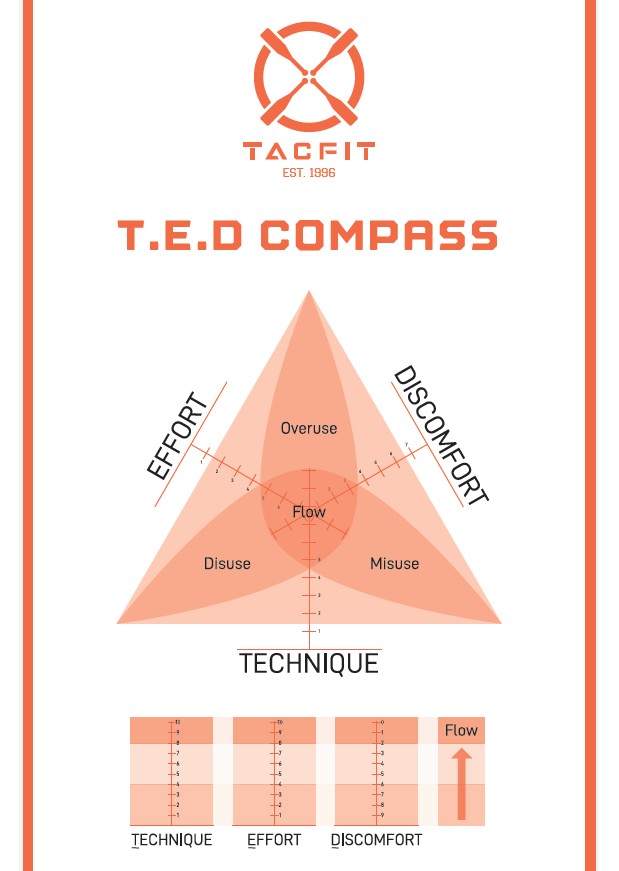Hello Friends,
You may have heard that a five-year testing period is needed for any startup business. The same truth applies to your fitness: two to five years are needed to make serious, permanent changes in your health. You can feel great in a few weeks and look sensational in a few months, but physique is the first to go and — if you want to be truly healthy — last to arrive. Build your ability to move freely first, your ability to perform functional tasks next, then your strength, and finally let your appearance be an outgrowth of that beautiful work. Reversing the process always ends in destruction This universal truth can be found in the other aspects of your life: your vocation and finances, your family and your community, and your mental and spiritual life. There is a gradual progress that we must always take. We cannot and must not avoid the necessary errors, because 99% of success is failure. We hold to the delusion that failure is an evil and success good. We run from failure and desperately claw at success, when both are necessary. If you allow yourself to face repeated failure while maintaining your enthusiastic drive to continue, success is guaranteed. Unfortunately, that wisdom only comes after the two to five years of failure, and we all find it hard to have faith in the process until we’ve plodded our way through one major goal to understand the natural “flow” of success.
“In this world, there is nothing softer or thinner than water. But to compel the hard and unyielding, it has no equal. That the weak overcomes the strong, that the hard gives way to the gentle — this everyone knows. Yet no one acts accordingly.” – Lao-Tse
Persistence may be the single most important attribute of success, for if you only persevere long enough, you WILL succeed. If you only can keep at it long enough, life promises you social, familial, financial, mental, vocational, physical and even spiritual wealth.
I’ve seen truly talented people completely tank out only inches from incredible success because they had not yet “owned” their talents. And I’ve seen people (such as myself) who had no reason for being victorious manage to become so merely from being too thick-headed to quit.
Persistence has to do with repetition of a message, of a meme, in your own mind and in the minds of others. When TACFIT was first released, people had no idea what it was. The concept remained too foreign for mainstream convention. Years later, it became a recognizable brand name, appearing in Cosmo, Men’s Journal and Oxygen magazines. This only came after many long years of facing first silence, then ridicule, then anger and finally, acclaim. Each triumph demands that gradual process, with no short-cuts permitted. We need to be bombarded long enough to accept the truth, because in a digital age we must filter out all the noise.
Your fitness needs you to be persistent. Many people stop shy of the threshold that causes adaptation, never struggling hard enough or never recovering long enough. Stamina, itself, is a primary attribute of fitness and health.
Your relationships demand your persistence. Many flit from one relationship to the next, experiencing the “appearance” of love in the form of chemical lust without ever getting to the depth of unconditional love and experiencing all the arguments which necessarily line that path.
Your spirituality insists on this, because all religions involve trials of faith; of enduring the ego’s seductions, and its fear of impermanence. Only after years of spiritual practice can we connect with the unwavering Higher/Other/Deeper Presence, and even then it requires ongoing constancy of recommitment.
You will not succeed overnight, nor would you want to. Every new challenge will be “just enough” and never “too much”. Whatever is thrown at you, you can handle. As Robert Frost wrote, “The best way out is through.”
Respectfully,
Scott B. Sonnon

